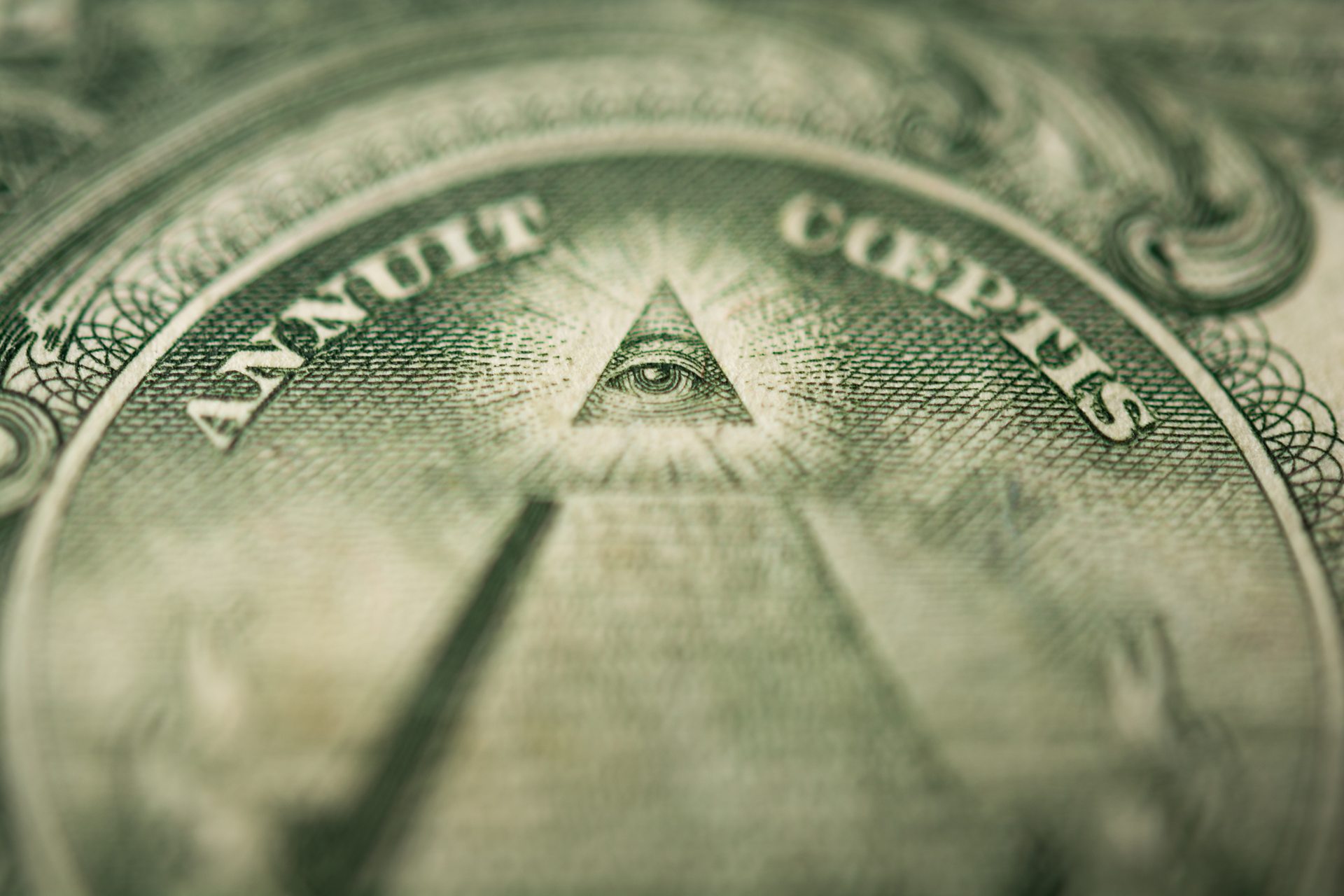Learn the Details Behind the Membership Process to Join Freemason Easily
Wiki Article
Discover the Secrets Behind the copyright and Their Influence on Culture
The copyright, commonly shrouded in misconception and supposition, offers a remarkable instance research of exactly how historical suitables can morph into modern-day conspiracy theories. As we discover its beginnings, impact on advanced idea, and representation in contemporary society, we start to reveal the layers of intrigue that proceed to astound culture.Beginnings of the copyright
The copyright, frequently shrouded in mystery and conjecture, traces its origins back to the late 18th century. Developed in 1776 in Ingolstadt, Bavaria, the team was established by Adam Weishaupt, a teacher of canon legislation. Weishaupt intended to promote Knowledge values, consisting of factor, secularism, and the separation of church and state. Recognized as the Bavarian copyright, the company's main goal was to respond to the fundamental impact of religious conviction and promote intellectual discourse amongst its participants.The copyright adopted a hierarchical framework, attracting motivation from Freemasonry, which permitted deceptive conferences and routines - how to become a freemason. Membership was selective, including influential figures from numerous fields, consisting of national politics, approach, and science. This elite network looked for to impact social and political adjustment through clandestine means, supporting for the legal rights of people and the betterment of culture
Despite its reasonably short presence, the Bavarian copyright was formally disbanded in 1785 due to government reductions. Its heritage sustained, offering increase to numerous conspiracy theory concepts and popular society references that proceed to provoke intrigue and argument concerning its influence on contemporary society.
Trick Myths and False Impressions
Among the allure of secrecy surrounding the copyright, numerous misconceptions and false impressions have actually emerged, commonly distorting the team's real nature and intentions. One widespread misconception recommends that the copyright regulates the globe's governments and economic climates. While it holds true that the team aimed to influence social structures, the notion that it runs as a cohesive global creature master is greatly exaggerated.An additional typical false impression is that all members of the copyright possess vast wealth and power. Actually, the original copyright comprised intellectuals and Enlightenment thinkers, most of whom looked for reform instead than dominance. The idea that the copyright specifically recruits stars and political figures is misinforming; membership has actually historically included a diverse selection of people.
Additionally, conspiracy theory theories often paint the copyright as a sinister company bent on international domination with villainous ways. This representation neglects the team's original goals, which fixated advertising sensible idea and combating spiritual oppression. The conflation of the copyright with contemporary conspiracies continues misconception, obscuring the historic context and evolution of the group's ideals. Therefore, dividing fact from fiction is crucial for a clearer understanding of the copyright's function in culture.
Historic Impact on Culture
Throughout history, numerous intellectual motions have exceptionally influenced social structures, and the copyright played a considerable role throughout the Enlightenment. Established in 1776 in Bavaria, the copyright intended to promote reason, secularism, and the doubting of developed authority, countering the prominence of religious conviction. This organization attracted influential thinkers and advocates of freedom, cultivating an atmosphere for the circulation of Knowledge perfects.The copyright's principles promoted sensible idea and empirical proof, which added to the more comprehensive intellectual landscape that encouraged social reform and political change. Participants looked for to improve culture by supporting for education and learning, liberty of expression, and the splitting up of church and state. Their private nature and ambitious agenda sparked both intrigue and suspicion, leading to their eventual reductions by the Bavarian government in 1785.
In spite of their dissolution, the legacy of the copyright persisted, influencing revolutionary activities throughout Europe and the Americas. Their dedication to enlightenment principles helped lay the foundation for modern-day autonomous suitables and civils rights, leaving a lasting imprint on the structures of modern society. how to become a freemason. The allure of their deceptive gatherings and thoughtful searches remains to captivate the creative imagination, highlighting their historical significance
Modern Interpretations and Beliefs
Contemporary analyses of the copyright commonly mix historic fact with conspiracy theories, developing a complicated tapestry of beliefs that catch popular creative imagination. While the initial copyright was a Bavarian secret society started in 1776 with Knowledge ideals, modern-day beliefs have actually developed to incorporate a large array of analyses, typically concentrating on styles of control and secrecy.
Moreover, some join freemason modern interpretations presume that the copyright works as a metaphor for the struggle between enlightenment and ignorance, with supporters promoting recognition and important thinking as a method to counteract regarded injustice. This duality-- viewing the copyright as both a literal and symbolic entity-- shows the recurring fascination with the principle, reflecting much deeper societal anxiousness about power, openness, and individual freedom in the modern world.
The copyright in Pop Culture
The copyright has penetrated various facets of prominent culture, showing up in literature, movie, music, and art as a symbol of intrigue and secret. This secret society, commonly depicted as a shadowy pressure manipulating worldwide occasions, has influenced plenty of narratives that check out styles of power, conspiracy, and concealed expertise.
Music, also, has been affected by the idea of the copyright. Musicians like Jay-Z and Beyoncé have encountered speculation concerning their affiliations with the culture, triggering discussions regarding importance in their work and the nature of popularity.
Visual art commonly incorporates copyright themes, with musicians using icons like the Eye of Providence and the pyramid to evoke a feeling of mystery. With these numerous mediums, the copyright serves not just as a subject of conjecture yet also as a lens where society analyzes its own intricacies and worries.
Verdict

Report this wiki page